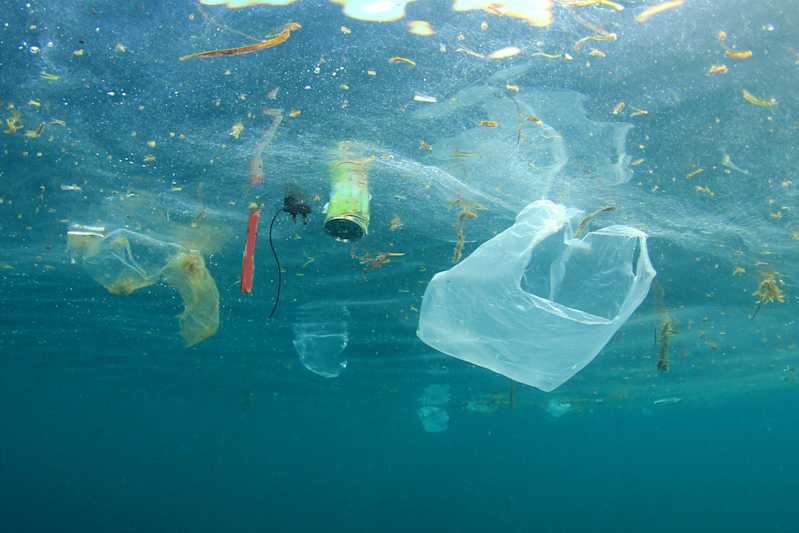How Green are GCSEs and A levels?
How Green are GCSEs and A levels?
This corono Virus has shown that schools are unable to cope with large adjustments with the term and so all GCSE and A level exams have to be scrapped. Deep diving into how green are GCSEs and A levels one can start to see that taking GCSEs and a levels are actually quite wasteful with high carbon use.
The standard exam process - Highlighted the possible carbon and waste possibilities.
1) Exams are ordered from the exam boards. The exam questions are printed and delivered in sealed envelopes and placed in a safe room to await the exam dates. - Waste here including printing, use of ink, delivering of the papers and the heating of the built environment while the exam papers are in storage.
2) Exams are sat usually in the school, often in a large exam hall. Manuscripts are placed back into a bag and sent to the exam boards for marking. - Delivery of the manuscripts and the binning of the used exam questions while heating of the large exam halls.
3) answer papers are marked and recorded and stored for future reference and remarking. - Waste in the storage and passing of the manuscripts around the different parts of the board and possibly returned to the candidate.

4) The certificates are sent to the homes of the candidates - More printing and delivering
ITs hard to work out how much carbon and environmental damage the paper based GCSE and A levels actually do. However, the shear volume of over a million candidates a year sitting exams. However, with this process above being carried out on behalf of each candidate it is hard to feel that the GCSE and A levels are green at all. Rather the size and scale of the operation means a great deal of Co2 is emitted in the process.
Here at the Exam House we have a strong sense that we are at the beginning of a revolution of exam taking. The drive to become greener will help with the speed of revolution.